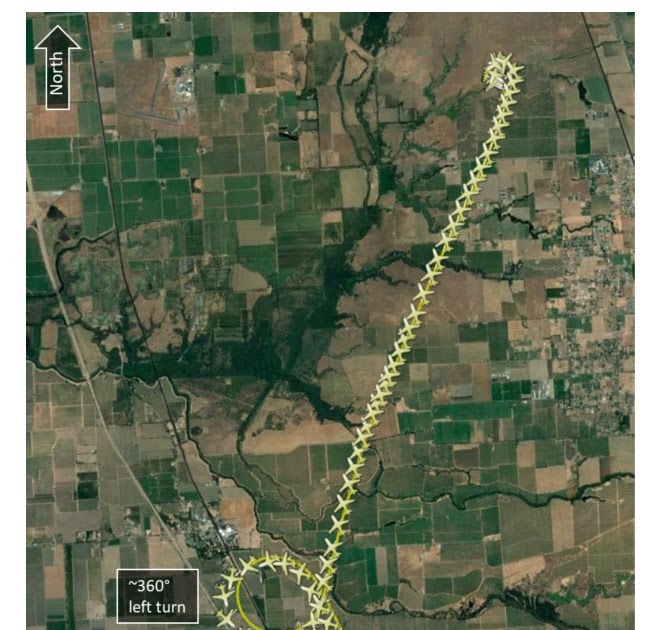Let me put it a different way and I'll put it to rest because I'm still wrestling with the risk v. gain decision to continue these demos.
According to NTSB data, If you select fatal accidents happening to twin-engine aircraft that occurred during takeoff there are 21 such incidents in the US over the last 10 years. If you limit that search to just propeller-driven aircraft that eliminates 3 of those. Then, if you only count the ones that didn't involve something else entirely (mid-air collision, IMC disorientation, controlled flight into terrain, etc.) I'm left with only 6 accidents totaling 8 fatalities. At least one of those could be attributed to something other than an engine failure as well. But we'll be generous. We killed 3 in one demonstration accident and a quick search of Juan's videos will find we surpass 8 very quickly. So, given 8 fatalities across 10 years of twin-engine takeoffs that MIGHT be attributed to a stall after an engine failure or partial power loss I'd say that constitutes my use of "highly unlikely if not non-existent." Admittedly using "non-existent" is an exaggeration. Statistically speaking, however I can't put the gain above the risk regardless of what term I used.
I'd love to be proven wrong on this. I'm no expert when it comes to using the NTSB database. I'd love to believe that the gain far outweighs the risk of conducting these demos. But when I see how often we're flat-spinning multi-engine aircraft doing them, and add to that at least a couple professional pilots suggesting that you can't possibly recover one of these stalls in less than a few thousand feet, AND we're training this for the event of it happening on the takeoff and initial climb, I'm led to believe this is an unnecessary task. Is that an unreasonable assumption? Am I missing something?

